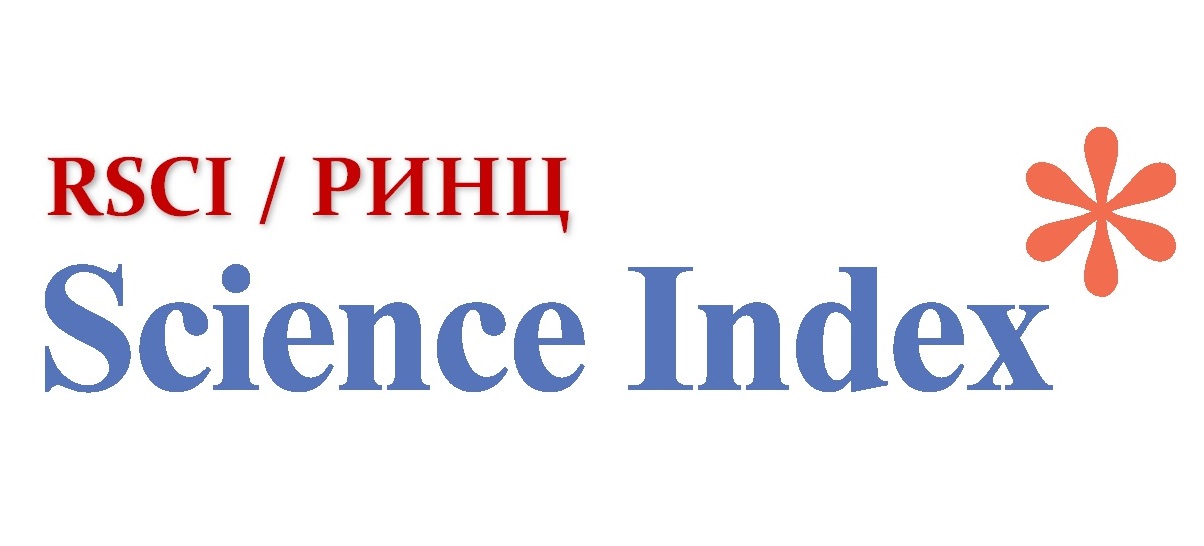The use of modern technologies for remote sensing of the earth in the state audit
Views: 433 / PDF downloads: 313
DOI:
https://doi.org/10.32523/2789-4320-2023-1-307-323Keywords:
Remote sensing of the earth (hereinafter referred to as ERS), standards of the supreme audit bodies (hereinafter referred to as INTOSAI), sinking of Atbasar 2017, state audit, public administrationAbstract
In this article, the authors consider tools for using Earth remote sensing data (hereinafter referred to as remote sensing) in state audit and financial control, which contribute to achieving a better audit and justification of calculations when planning government expenditures. The article highlights the data of remote sensing images on the sinking of Atbasar. The authors believe that data from remote sensing satellites can be used when conducting an electronic state audit. This paper also highlights the possibility of evaluating the effective application of international auditing standards in Kazakhstan, requiring transparency and accountability, through the criterion of using remote sensing data in audit. The necessity of developing a unified audit database with an indication of the effectiveness of the use of modern remote sensing technologies and the application of the requirements of international standards is considered. In addition, the possibilities of remote sensing data analysis for the analysis of the most risky areas prone to natural disasters and the development of insurance instruments in this direction, thereby reducing the budget burden, were considered. Since modern technologies it is possible to verify the validity of expenses and the international audit community has a global document, the authors suggest using the possibilities of technological progress to further improve the methodology of state audit. The standards of the higher audit bodies (hereinafter referred to as INTOSAI) are considered from the point of view of the methodological basis for the use of new technologies. The authors analyzed the application of standards in order to use them in Kazakhstan practice.
Downloads
Downloads
Published
How to Cite
Issue
Section
License

This work is licensed under a Creative Commons Attribution-NonCommercial 4.0 International License.






